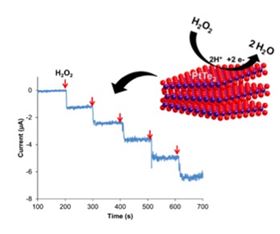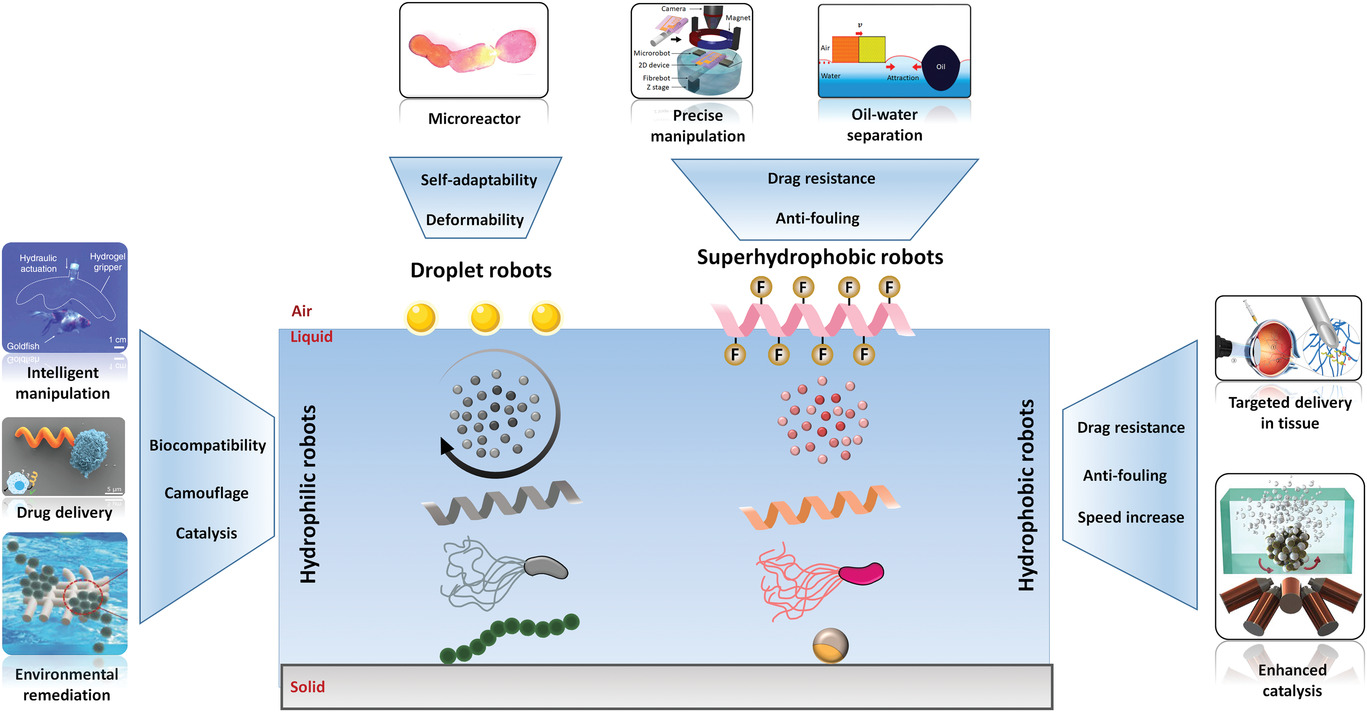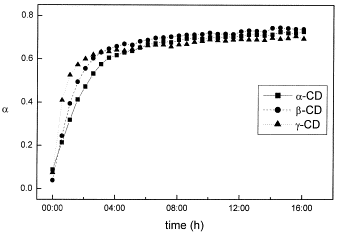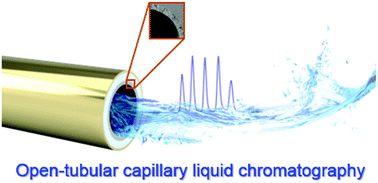paper archives
Stay hungry, stay foolish. You are as good as your last paper.
Impedimetric immunoglobulin G immunosensor based on chemically modified graphenes
- Adeline Huiling Loo, Alessandra Bonanni, Adriano Ambrosi, Hwee Ling Poh, Martin Pumera*

Immunosensors which display high sensitivity and selectivity are of utmost importance to the biomedical field. Graphene is a material which has immense potential for the fabrication of immunosensors. For the first time, we evaluate the immunosensing capabilities of various graphene surfaces in this work. We propose a simple and label-free electrochemical impedimetric immunosensor for immunoglobulin G (IgG) based on chemically modified graphene (CMG) surfaces such as graphite oxide, graphene oxide, thermally reduced graphene oxide and electrochemically reduced graphene oxide. Disposable electrochemical printed electrodes were first modified with CMG materials before anti-immunoglobulin G (anti-IgG), which is specific to IgG, was immobilized. The principle of detection lies in the changes in impedance spectra of the redox probe after the attachment of IgG to the immobilized anti-IgG. It was found that thermally reduced graphene oxide has the best performance when compared to the other CMG materials. In addition, the optimal concentration of anti-IgG to be deposited onto the modified electrode surface is 10 mu g ml(-1) and the linear range of detection of the immunosensor is from 0.3 mu g ml(-1) to 7 mu g ml(-1). Finally, the fabricated immunosensor also displays selectivity for IgG.










